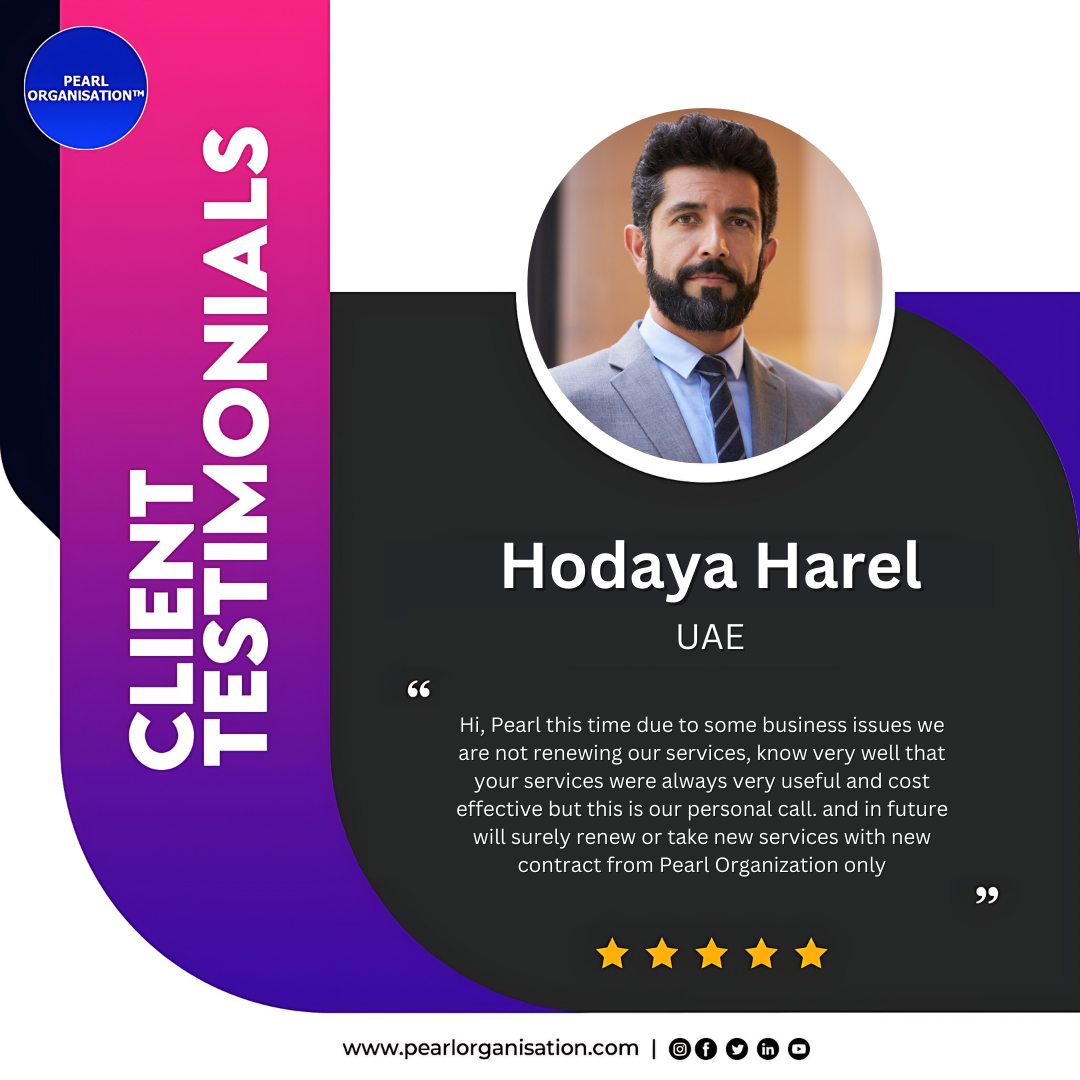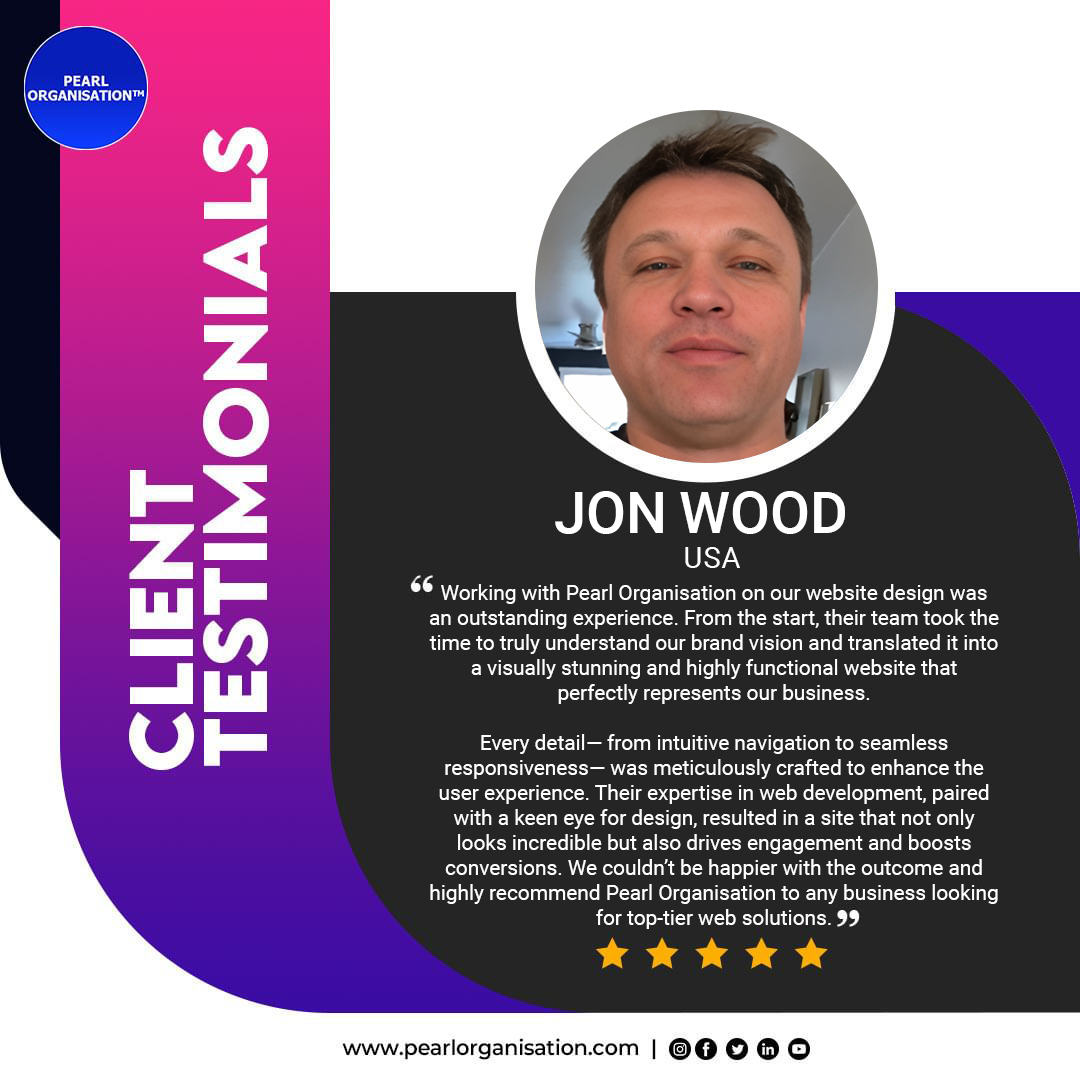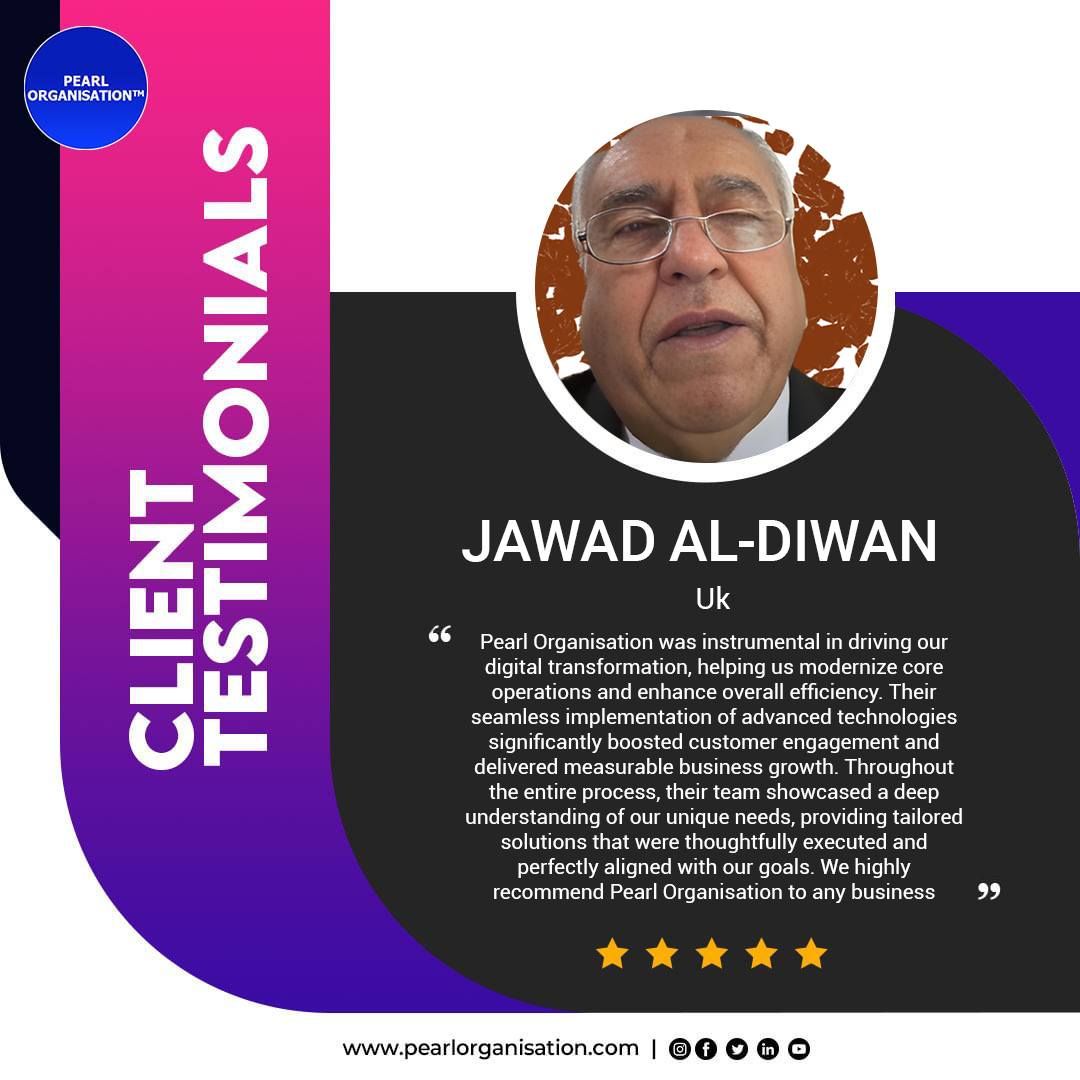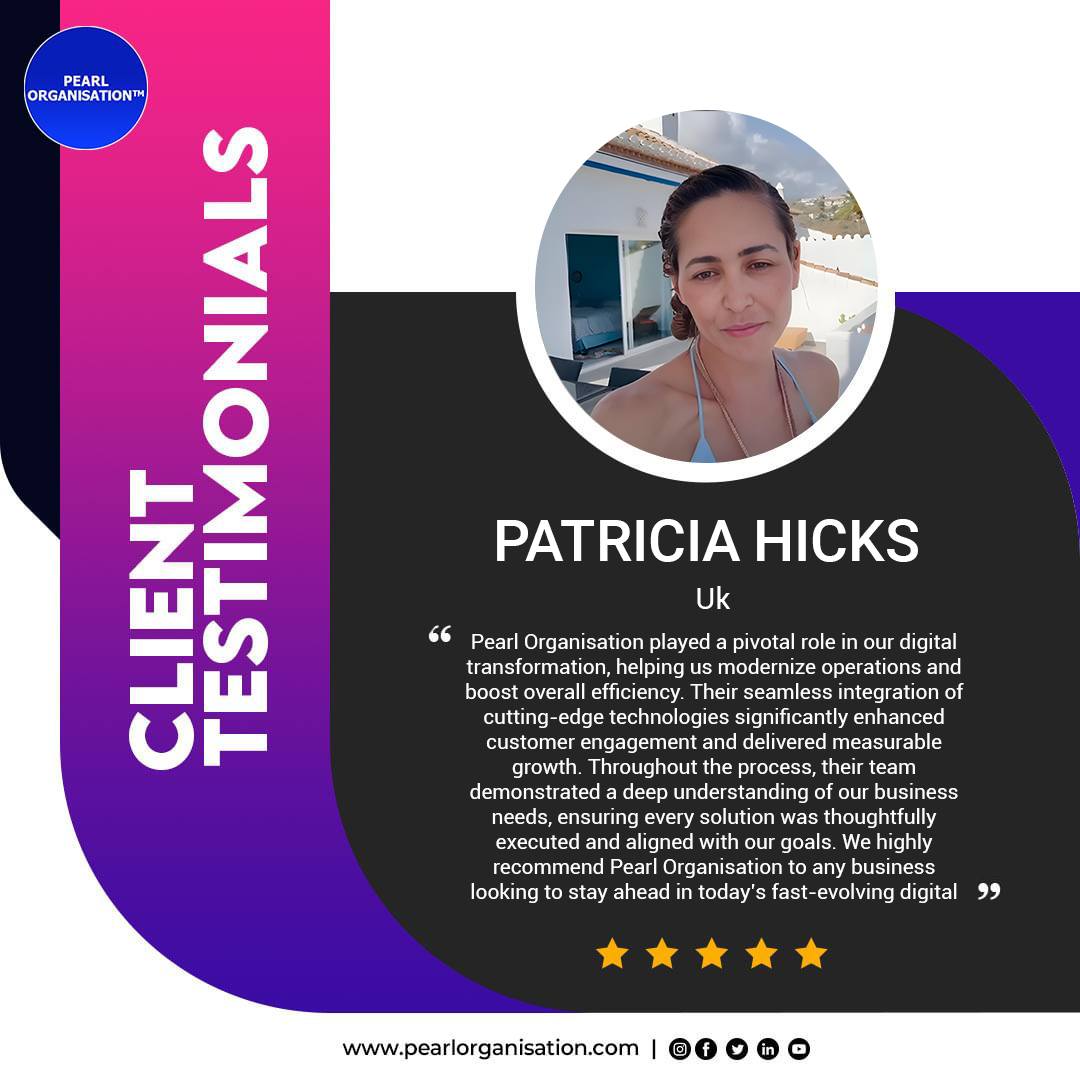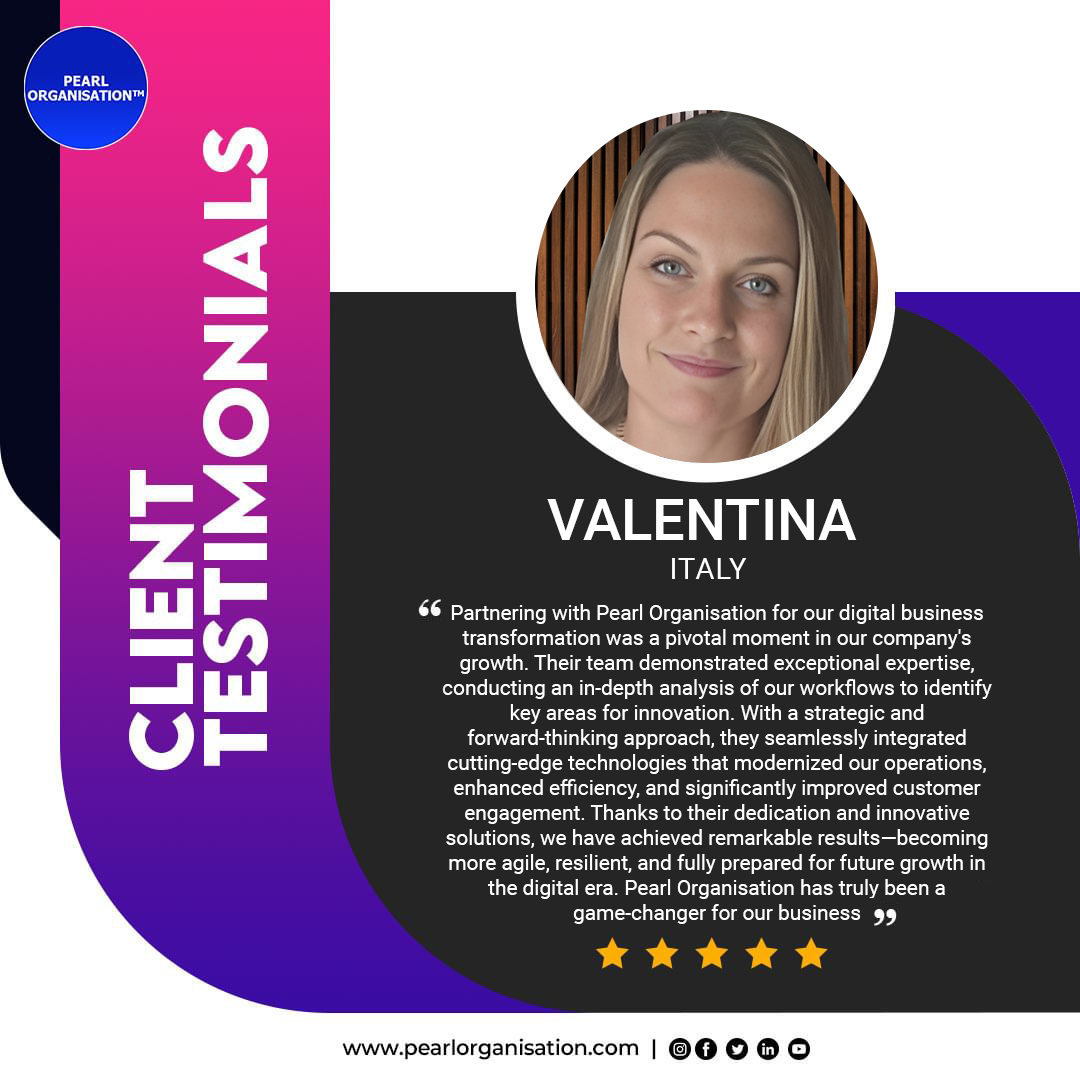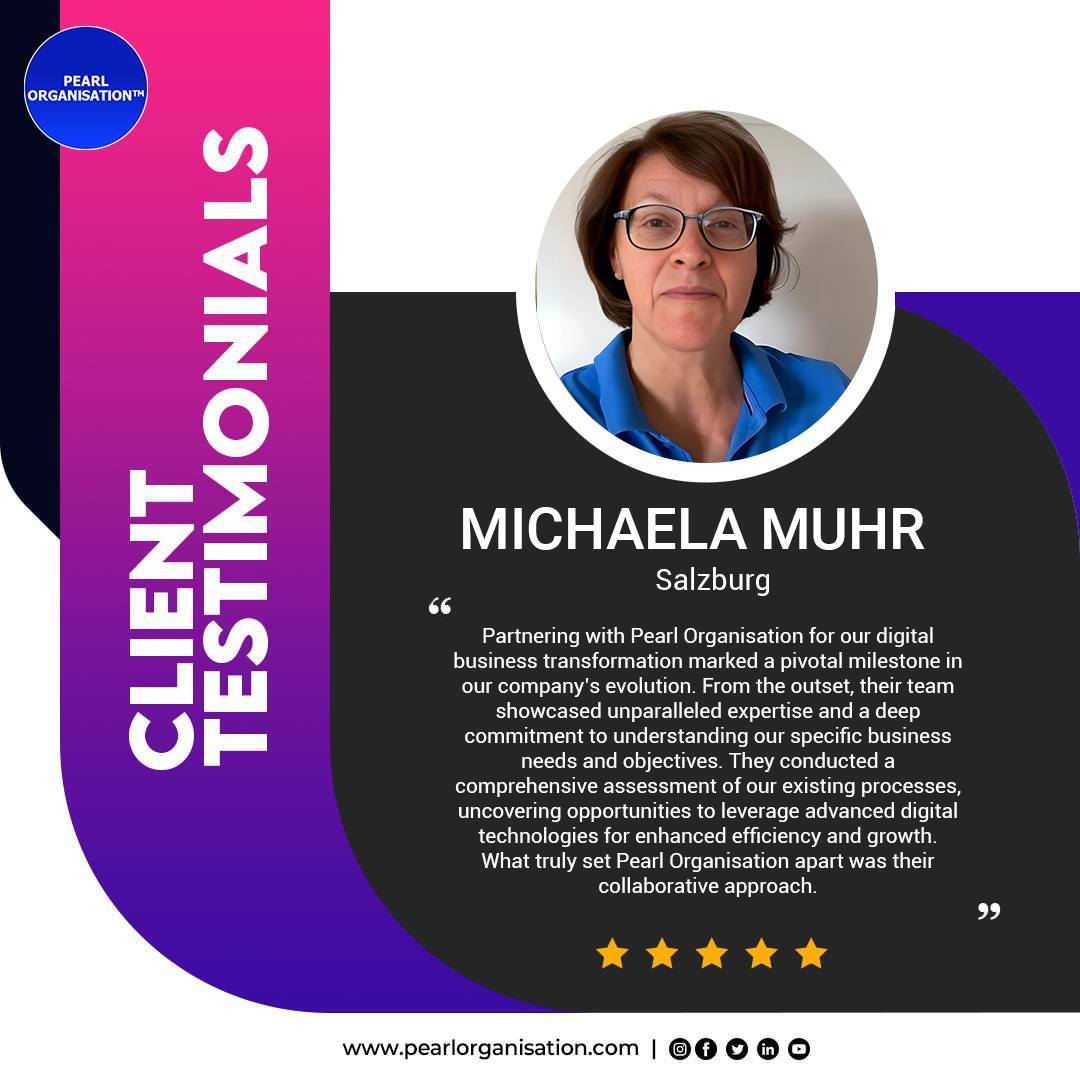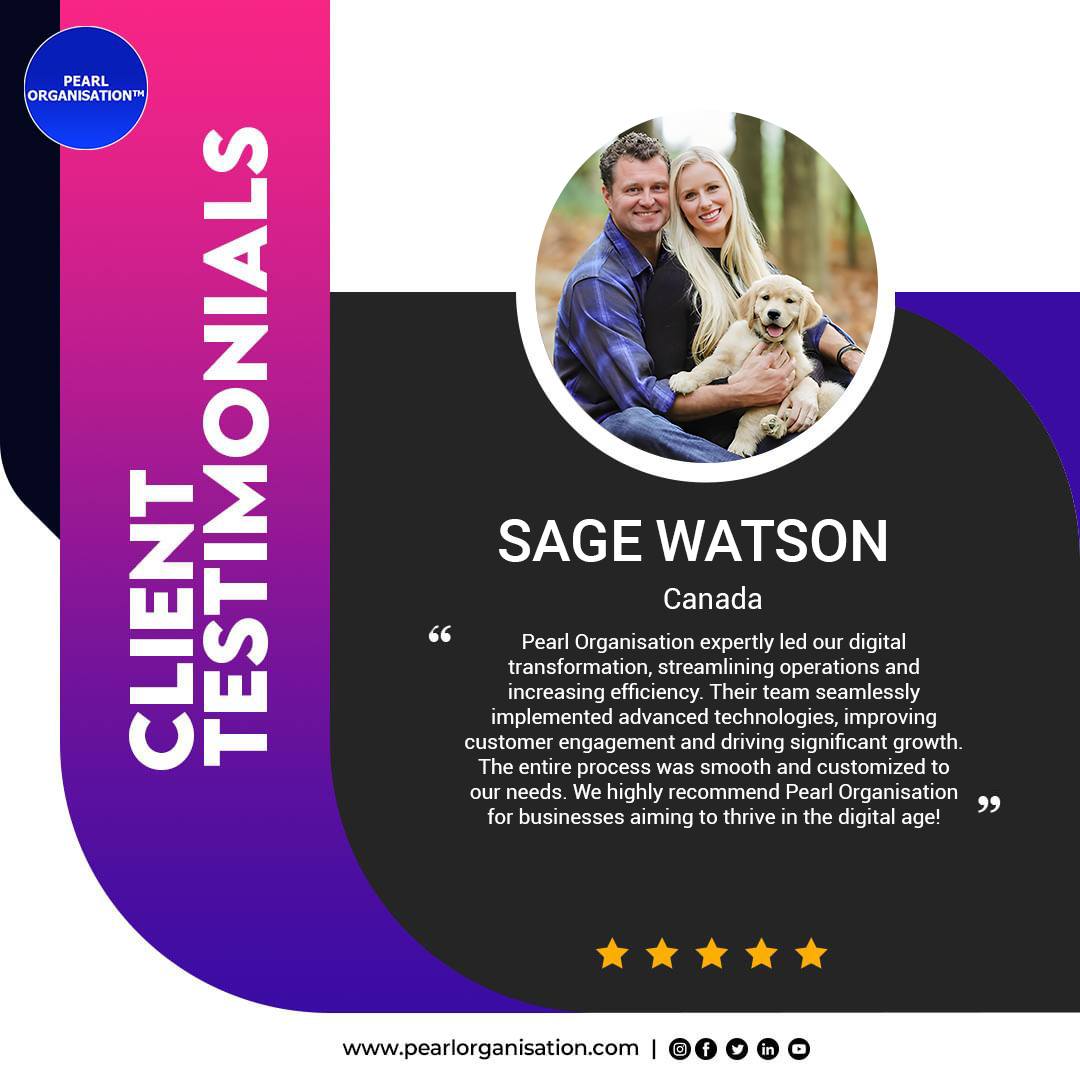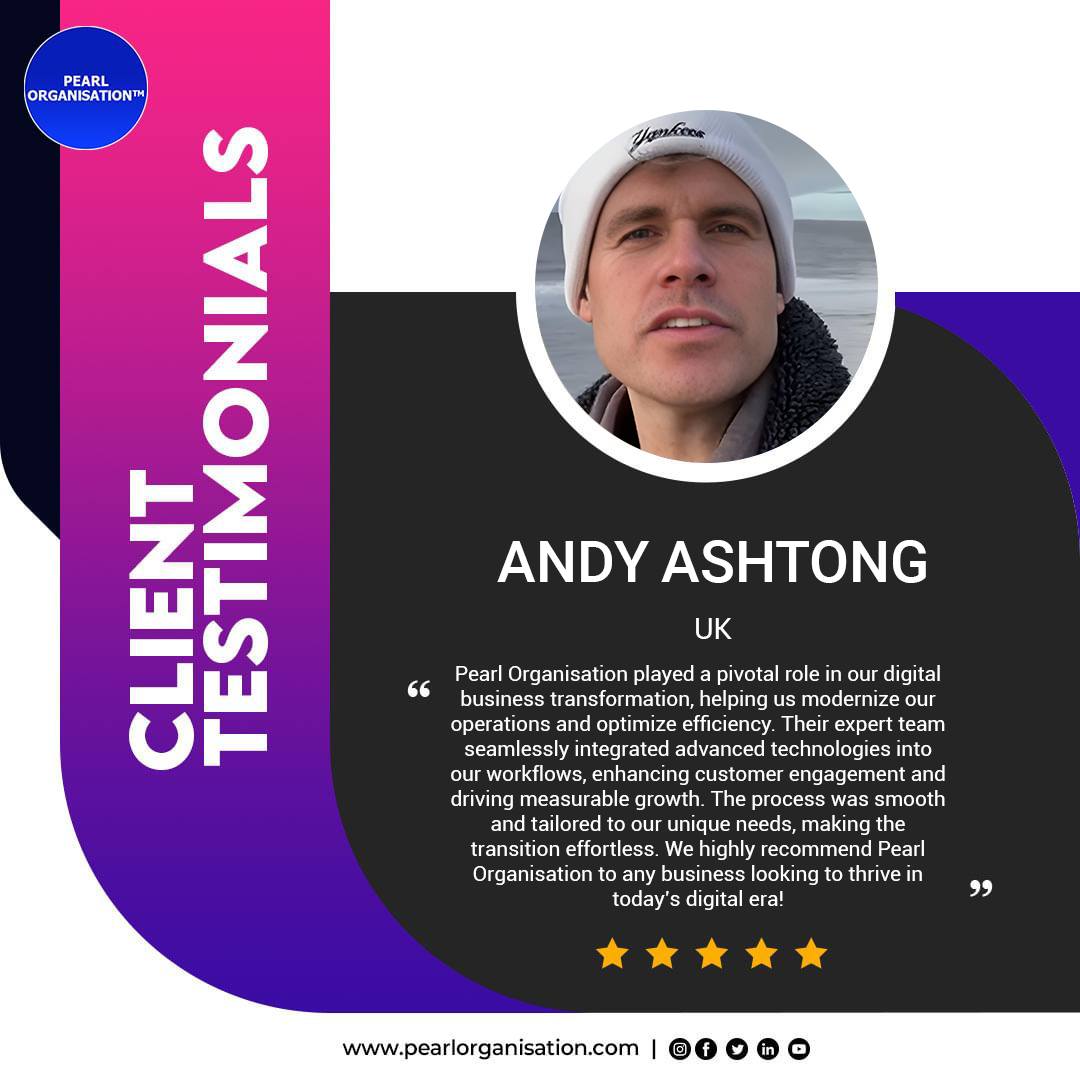Top 10 Custom Software Development Trends Businesses Must Know in 2025
- Larrisa

- May 15
- 6 min read

In the fast-evolving landscape of digital transformation, businesses in 2025 are facing new challenges and opportunities. The demand for tailored software solutions is growing, driven by a need for automation, agility, data-driven insights, and enhanced user experiences. Custom software development is no longer just about writing code—it’s about building smart, scalable, and secure systems that align with modern business models.
Pearl Organisation, a trusted global technology partner serving 150+ countries, brings you the top 10 custom software development trends that every business leader, CIO, and IT strategist must know in 2025.
1. Agentic AI and Autonomous Decision Engines
Agentic AI refers to AI systems capable of autonomous decision-making and self-execution. Unlike traditional AI that requires significant training or prompts, agentic AI can adapt to new situations, prioritize tasks, and complete them with minimal human input.
In custom software development, these AI systems are integrated to manage business processes, automate operational workflows, and make real-time data-driven decisions. For ERP and CRM systems, this can revolutionize how sales forecasting, logistics planning, and customer interactions are handled.
Example Use Case: An ERP system with embedded agentic AI can automatically reorder low-stock items, prioritize high-margin product recommendations, or reassign tasks to available team members in real-time.
2. Rise of Low-Code/No-Code Development Platforms
Low-code and no-code platforms are empowering businesses to build applications with minimal manual coding. This shift is reducing development time significantly, making it possible for non-technical users to create internal tools, dashboards, and workflow automation systems.
In 2025, enterprise-grade platforms like OutSystems, Mendix, and Power Apps are offering security, scalability, and third-party integrations, making them suitable even for mission-critical applications.
Why it matters: Businesses can now iterate faster, reduce dependency on IT backlogs, and bring solutions to market quicker—all while maintaining governance and security.
3. Cloud-Native Development with Microservices
Cloud-native software development is becoming the norm, where applications are designed specifically for cloud environments using containers, serverless functions, and microservices.
Cloud-native architectures improve scalability, resilience, and flexibility. Applications can be deployed across global regions with automatic failover, load balancing, and real-time monitoring.
Why it matters for custom ERP: Businesses can modularize their operations—inventory, HR, finance—each as a separate microservice, making upgrades, troubleshooting, and feature rollouts easier and risk-free.
4. DevSecOps: Security Built into Every Stage
DevSecOps ensures security is embedded throughout the development lifecycle—from planning to deployment. As software threats become more sophisticated, relying on post-deployment security testing is no longer sufficient.
By 2025, automated vulnerability scanning, policy enforcement, and secure coding practices are integrated within CI/CD pipelines.
Why this trend matters: It reduces time-to-market while ensuring that every release is compliant, secure, and stable. Regulatory compliance (like GDPR, HIPAA, SOC2) is easier to achieve with this approach.
5. API-First and Composable Architecture
Software systems in 2025 are being built as modular and composable platforms, where each module or service can function independently and communicate via APIs.
An API-first approach means designing each component as an independent unit that can be consumed by other apps or services—whether internal or external. It promotes flexibility and interoperability.
In practice: ERP modules can connect with external payroll platforms, marketing tools, and e-commerce solutions without needing major architectural changes.
6. AI-Powered Code Generation and Testing
AI-based code generation tools like GitHub Copilot, ChatGPT Code Interpreter, and Tabnine are now playing a significant role in writing and optimizing code.
Alongside, AI-powered software testing is transforming QA processes—automating unit testing, regression testing, and bug prediction.
Why businesses care: It leads to faster development, reduced costs, and better quality software. AI tools assist developers by catching errors early and suggesting improvements based on best practices.
7. Progressive Web Applications (PWAs)
PWAs bridge the gap between web and mobile experiences. Built using standard web technologies, PWAs provide app-like features such as offline access, push notifications, and native-like performance—without the need for app store deployment.
For businesses looking to create lightweight, accessible tools for mobile users—PWAs offer an ideal solution.
Use Cases: ERP dashboards for field agents, customer service portals, booking engines, and mobile inventory systems—all can benefit from the capabilities of PWAs.
8. Hyperpersonalized User Experiences
Personalization is advancing far beyond product recommendations. In 2025, hyperpersonalization in custom software is driven by behavioral analytics, user intent, and contextual data.
Software now adapts dynamically to the user’s actions, habits, and goals. For example, dashboards auto-reconfigure based on the user’s department, project history, and upcoming KPIs.
Why it’s valuable: Personalization improves usability, reduces training time, and increases engagement across enterprise systems.
9. Sustainable Software and Green Engineering
Sustainability is now a software design principle. Green engineering involves building systems that consume less energy, reduce computational waste, and require fewer cloud resources.
Sustainable software reduces carbon footprint, infrastructure cost, and supports broader ESG (Environmental, Social, and Governance) goals.
Strategies include: Optimizing data processing, using serverless architecture, avoiding code bloat, and streamlining data storage operations.
10. RegTech and Privacy-First Development
With tightening data privacy regulations across countries—India’s Digital Personal Data Protection Act (DPDPA), Europe’s GDPR, and California’s CCPA—software must now be designed for privacy compliance from the ground up.
Privacy-first development includes:
Why it matters: Businesses that don’t embed privacy into their software architecture risk lawsuits, penalties, and reputational damage.
Conclusion: Build with the Future in Mind
These 10 trends are not just temporary innovations—they are foundational principles for modern business software. Companies that embrace these shifts will be better positioned to deliver superior customer experiences, improve operational efficiency, and scale faster in a highly competitive market.
At Pearl Organisation, our team of solution architects, ERP consultants, and AI developers is already embedding these trends into enterprise applications for global clients.
🔗 Learn how we can help your business with next-gen custom software and ERP development:
📘 Frequently Asked Questions (FAQs)
1. What is Agentic AI and how is it different from traditional AI?
Answer:
Agentic AI refers to artificial intelligence systems that can autonomously make decisions, plan tasks, and act without constant human input. Unlike traditional AI, which relies heavily on predefined logic or user prompts, agentic AI adapts dynamically to business environments. In ERP systems, this means automated task prioritization, proactive alerts, and intelligent business process optimization without manual intervention.
2. Why are low-code/no-code platforms gaining popularity in 2025?
Answer:
Low-code/no-code platforms allow users to build applications through visual workflows rather than manual programming. In 2025, these platforms are mature enough to support secure, scalable, enterprise-grade applications. They reduce development costs, accelerate deployment, and empower non-technical staff to solve operational challenges without always depending on developers.
3. How does cloud-native development improve custom software performance?
Answer:
Cloud-native development focuses on designing applications for cloud infrastructure from the start. It uses microservices, containers (like Docker), and orchestration tools (like Kubernetes). This leads to better scalability, faster deployments, reduced downtime, and improved system resilience—especially important for mission-critical applications such as ERP or CRM systems.
4. What is DevSecOps and why is it essential?
Answer:
DevSecOps integrates security practices directly into the software development lifecycle (from development to deployment). It ensures that security isn’t an afterthought but a continuous process involving automated code scanning, vulnerability checks, and compliance audits. This reduces risks, protects sensitive business data, and ensures regulatory compliance (like GDPR, HIPAA, and CCPA).
5. What is meant by API-first and composable architecture?
Answer:
An API-first approach means building each feature or module of a software system to be accessed via APIs from the outset. Composable architecture refers to breaking down software into independent components that can be assembled and reassembled as needed. Together, they offer flexibility, reusability, and seamless integration with third-party tools or platforms.
6. Can AI tools really help with software development?
Answer:
Yes. AI-powered tools can assist developers by writing boilerplate code, suggesting optimizations, predicting bugs, and even automating test case generation. This not only improves speed and quality but also helps teams maintain code consistency and reduce human errors—especially in large-scale projects.
7. What is a Progressive Web App (PWA) and how is it different from a mobile app?
Answer:
A Progressive Web App (PWA) is a web-based application that delivers a mobile app-like experience. PWAs work offline, load quickly, and can send push notifications—all without requiring installation from app stores. They are a cost-effective and scalable solution for businesses needing consistent performance across devices without maintaining separate mobile apps.
8. How does hyperpersonalization benefit enterprise users?
Answer:
Hyperpersonalization tailors the software interface, notifications, and user experience based on behavioral data, preferences, and usage patterns. This helps in improving user satisfaction, productivity, and engagement. In ERP systems, for example, users can see only the most relevant KPIs, alerts, and actions based on their role or recent activity.
9. Why is sustainable software becoming important?
Answer:
Green or sustainable software aims to reduce energy consumption, carbon footprint, and resource usage. This involves optimizing server usage, minimizing unnecessary computation, and reducing data transfer. It aligns with ESG goals and lowers cloud costs, which is becoming a strategic priority for modern businesses.
10. What is privacy-first software development?
Answer:
Privacy-first development involves embedding data protection and compliance features—such as encryption, consent management, and data anonymization—into the core software architecture. It ensures alignment with regulations like GDPR, DPDPA, or CCPA, and builds trust with users by safeguarding their personal and business information.
11. How is Pearl Organisation helping businesses stay ahead of these trends?
Answer:
Pearl Organisation integrates these 2025 software trends into every custom solution we build—whether it's a cloud-native ERP, AI-enhanced CRM, or a personalized mobile interface. Our team combines AI, DevSecOps, low-code innovation, and compliance architecture to deliver reliable, future-ready platforms that grow with your business.





























